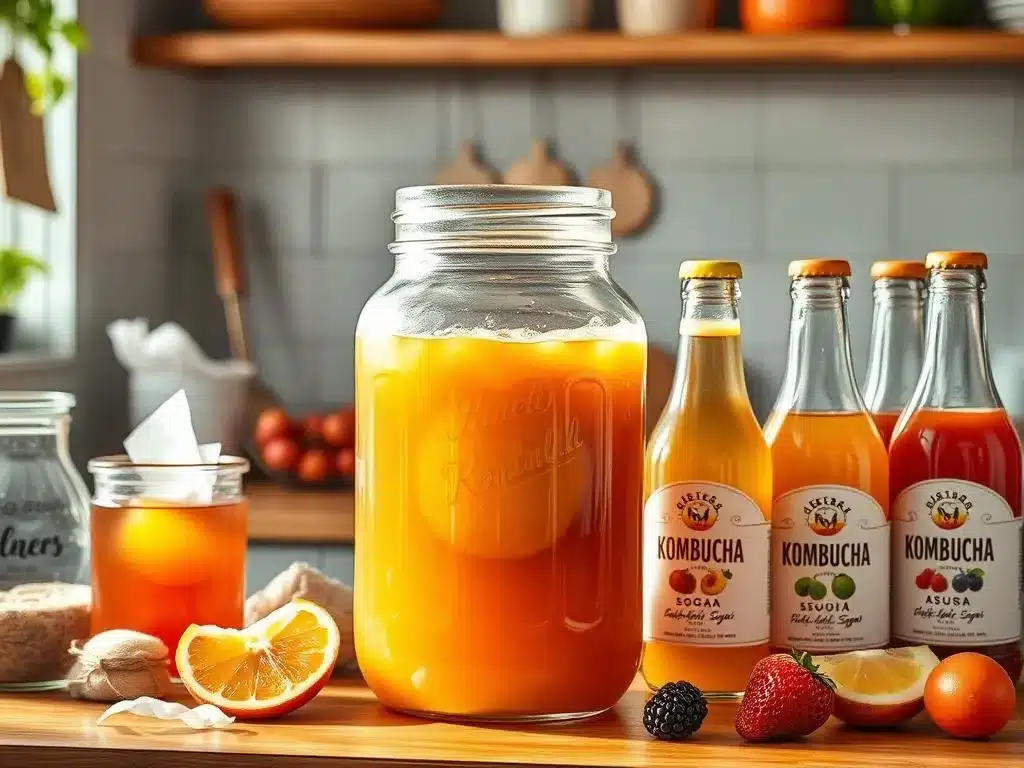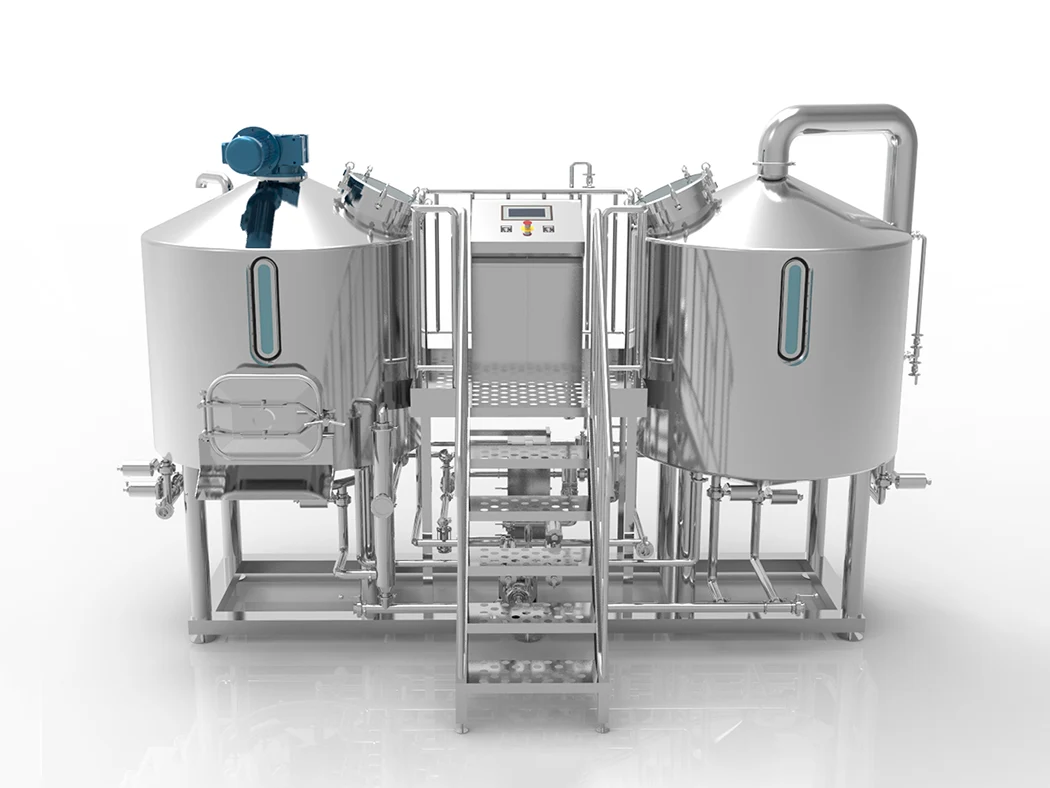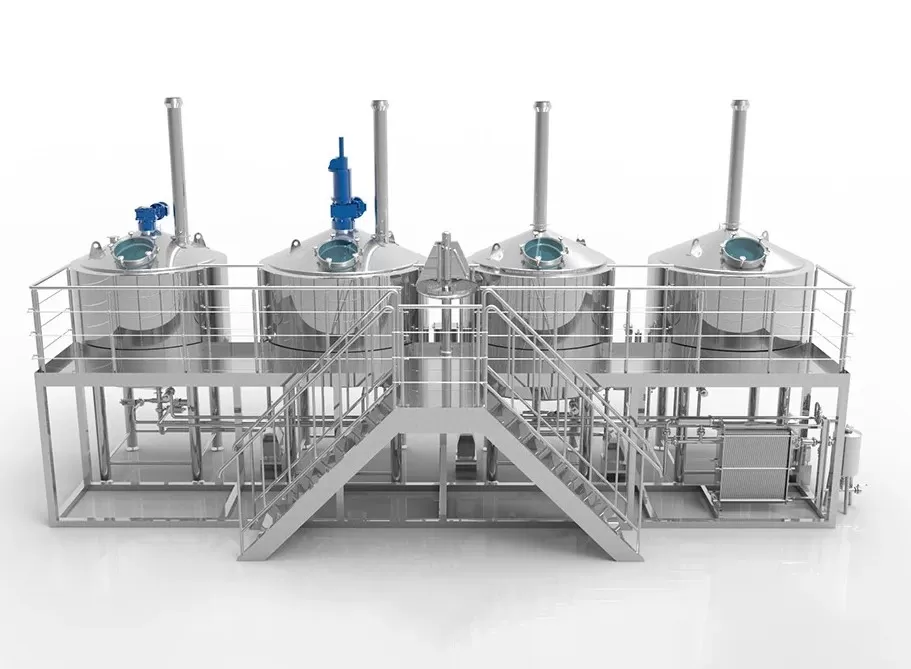Ферментирование комбучи дома или на пивоварне - увлекательное занятие, но оно может стать тяжелым трудом, если вы неправильно настроите оборудование. Правильно выбранный ферментер означает меньше проблем, таких как плесень или протечки. Но неправильный выбор может означать напрасно потраченные деньги или чай. В этом руководстве мы расскажем обо всем просто и понятно. Вы увидите, что работает, что нет, и как лучшие пивовары получают вкусную, безопасную, шипучую комбучу каждый раз.

Types of Kombucha Fermenters
Some fermenters break. Some let in light and ruin flavor. Others trap dirt or are hard to clean.
Let’s look at the main types:
| Тип | Плюсы | Cons | Лучшее для |
|---|---|---|---|
| Glass Jars | See inside; easy to clean | Breaks easily; lets in light | Beginners |
| Нержавеющая сталь | Tough; keeps flavors pure | Harder to see inside | Big batches |
| Ceramic Crocks | Keeps cool; old-school style | Heavy; can crack | Traditions |
| Continuous Brew | Always ready; saves work | Can be tricky to set up | Busy brewers |
Data highlights: Glass is #1 for home brewers (68% prefer it). Stainless steel is growing for its durability and large size need, especially in North America (55%) .

How to Choose a Kombucha Fermenter
Picking the wrong fermenter might let in germs or break during use.
This could cost you good tea and a sad SCOBY. The wrong gear also makes cleaning hard and messes with taste.
Решение: Pick using this checklist:
- Материал: Choose food-safe glass or stainless steel. Avoid plastic!
- Размер: 1-gallon fits most. Go bigger for business or big families.
- Lid: Needs a cover—cloth for air, or special lids to keep bugs out.
- Spigots: Great for easy draining, especially in continuous brew systems.
- Бюджет: Most homebrewers spend $20-$50 (83% of buyers prefer this range)
Handy Table: Material Performance
| Материал | Brew Success Rate | User Satisfaction |
|---|---|---|
| Стекло | 89% | 4.2/5 |
| Нержавеющая сталь | 94% | 4.6/5 |
| Ceramic | 82% | 3.8/5 |
Stainless steel wins on performance and toughness. For large or growing needs, consider exploring Micet’s Емкости для брожения и осветления из нержавеющей стали for a professional-grade option.
Top 5 Kombucha Fermenters
Here are the best picks, from starter kits to pro-grade. Each fits different brewers—try one that matches your style!
| Name | Характеристики | Лучшее для |
|---|---|---|
| Kombucha Shop Starter | Glass jar, step-by-step guide | New brewers |
| Fermentaholics Steel | 2-gallon, easy-drain spigot | Small business |
| Ohio Ceramic Crock | Stable temp; holds 1.5 gallons | Classic crafters |
| Kombucha Kamp Kit | Continuous brew, self-straining | Busy or daily use |
| Ball Mason Jar | Cheap, simple, starter friendly | First-timers |
For breweries needing quality control and scale, Micet’s Емкость для брожения комбучи strikes the balance between durability, sanitation, and adaptability.

How to Use Your Fermenter
Good tea means safe practices. Bad practices lead to mold, weak fizz, or vinegar taste.
Step-by-Step Guide:
- Clean All Parts: Use hot water and vinegar. Soap can kill your culture!
- Start Your Brew: Add sweet tea, cooled down, and your starter liquid (already brewed kombucha).
- Add SCOBY: Place gently at the top.
- Ferment: Room temp (75–85°F works best). Use a thermometer or Fermometer for checking.
- Taste Test: 7–14 days is good. Check with a straw—stop when it’s just right!
- Bottling Time: Drain to bottles (spigots help). Use strong bottles for safety.
- Second Ferment: Leave bottles for another 2–4 days for more fizz.
Pro tip: Stainless steel fermenters from expert manufacturers help avoid contamination. They make cleaning easy and consistent, which saves labor and time as your operation scales.
Обслуживание и устранение неисправностей
Mold, weak fizz, or too-sour kombucha can ruin a whole batch.Nothing worse than wasted tea, lost time, or a sick kid or customer.
Solution Table: Fast Fixes
| Проблема | How Often? | Решение | Works? |
|---|---|---|---|
| Mold Contamination | 41% | Lower pH (use starter tea), sanitize | 92% |
| Weak Carbonation | 34% | Second ferment, seal bottles | 88% |
| SCOBY Starvation | 22% | More sugar (1 cup/gallon) | 85% |
| Too Sour | 18% | Shorter brew time | 95% |
Cleaning Checklist
- Rinse after every use
- Use vinegar, not harsh soaps
- Dry fully before next brew
- For upgrades, check Micet’s Industrial Mixing Tanks for larger scale needs.
Data Table: Kombucha Fermenter Market Trends
| Категория | Statistic |
|---|---|
| Global market annual growth | 15.8% |
| Homebrewer’s favorite material | Glass (68%) |
| Commercial brewer’s choice (NA) | Stainless steel (55%) |
| Typical fermenter size | 1-gallon (for home); up to 30HL (pro) |
| Top user concern | Mold growth (41%) |
| Price range preference | $20-$50 (home setups) |
Вопросы и ответы
Q: Can I use a regular jar for kombucha?
A: Yes, but glass jars need frequent cleaning and a cloth lid for airflow.
Q: How do I stop fruit flies or mold?
A: Use a tight cloth, check pH is below 3.5, and clean everything. If you scale up, professional tanks like Micet stainless steel fermenters can further lower risk.
Q: Does tank material change flavor?
A: Yes. Stainless steel and glass are both non-reactive and safe for kombucha flavor.
Q: How much kombucha can I ferment at once?
A: Most homebrewers use 1-gallon. Breweries can go up to 20HL or more with commercial-grade systems. Learn more about scaling with Micet’s 20HL 4 сосуда Оборудование для коммерческой пивоварни.
Summary Table: Kombucha Fermenter Quick Comparison
| Need | Home Brew | Pro Brewery (Scaling Up) |
|---|---|---|
| Вместимость | 1-2 gallons | 20HL+ |
| Материал | Glass, stainless steel | Нержавеющая сталь |
| Toughness | Средний | Очень высокий |
| Санитария | Hand-cleaning | CIP systems, food-grade standards |
| Support/Warranty | Rare | Micet: 3-year tank, 1-year parts |
Kombucha Fermentation Insights ?
Stainless Steel Success Rate
Highest performance material for brewing
Рост мирового рынка
15.8% annual CAGR (2023-2030)
Top User Concern
41% report mold issues
Заключение
Fermenting kombucha is fun, tasty, and healthy—but it should not be a hassle. Start with a simple glass jar if you just want a batch or two. If you want to brew more, save time, and avoid problems, stainless steel fermenters are best. For breweries, choosing a strong, professional-grade system means fewer worries, better flavor, and happy customers. The right tank, built by experts and backed by strong after-sales support, makes all the difference. If you’re eager to scale up, try options like Micet’s Емкость для брожения комбучи for confidence, customization, and a steady pour of great kombucha.
Related Reading
- Пивоварня 300 л
- Емкости для брожения и осветления из нержавеющей стали
- 20HL 4 сосуда Оборудование для коммерческой пивоварни



